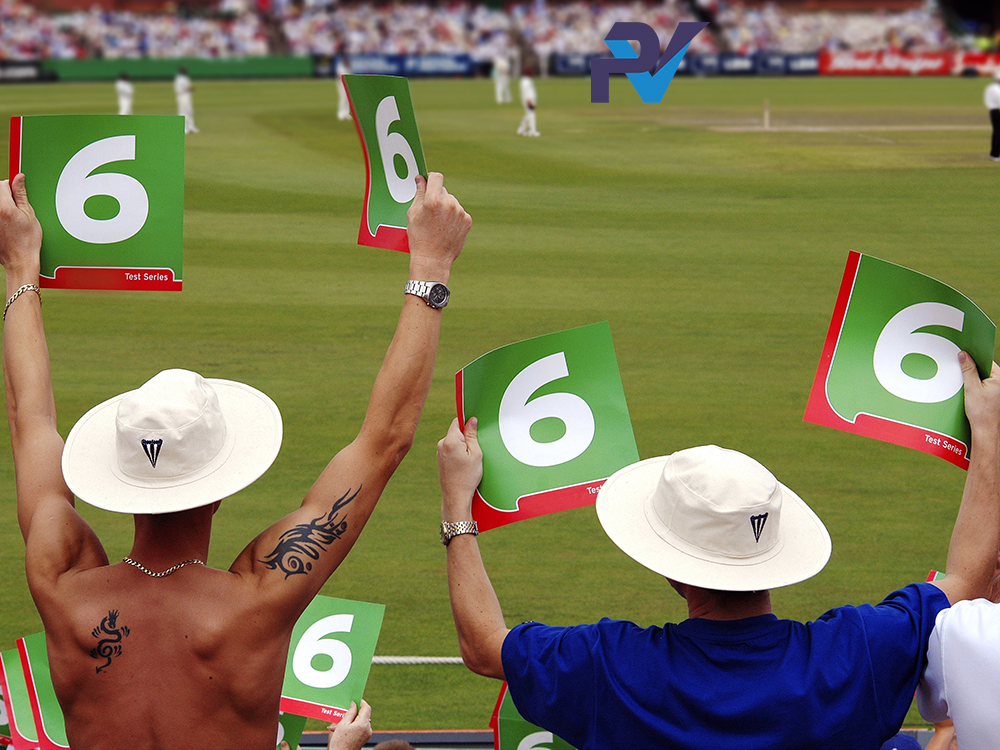Work with Players, Not Techniques to Grow Your Cricketers

What do you see when watching a batter in a net or out in the middle?
What do you notice?
These are the key questions that I ask of myself when working with any player for the first time.
Use Geometry to Deal with the Silver Fox Conundrum

I received a cry for help on Facebook the other night from a dear friend of mine who plays village cricket in the heart of Somerset.
10,000 Toughness: What Alistair Cook and Steve Waugh Teach Us About Mental Strength

Back in 2006, England coach at the time Duncan Fletcher asked me if we should select the 21 year old, Alistair Cook to open the batting in the first Test Match. I had worked with Cooky with England U15s and despite not being able to hit the ball particularly hard in those days, myself and another coach at the time pushed for his selection amongst physically stronger players who could beat the field with power.
The 15 year old Cook had something that was different. As coaches, we wanted to give that talent the opportunity as it may grow into something special. So, My response to Fletcher in 2006 went a little bit like this,
The Brutal Reality of Becoming a Cricketer

Who here has the ambition to become a successful professional cricketer?
Every year at Millfield I ask each of our A Team squads this same question. In each team, I see a minimum of eight to 10 hands shoot up in the air.
Fielding Drills: 4 Stump warm up
This drill is part of the PitchVision Academy fielding drills series, for more in this series click here.
Purpose: To act as a warm up drill that practices every ground fielding skill required in a match. Each stump is a different skill to execute.
Improve Your Batting Power on Zero Budget
 With the ability to hit fours and sixes becoming important part of our game, helping batsmen find ways generate power takes a higher priority during every coaching session.
With the ability to hit fours and sixes becoming important part of our game, helping batsmen find ways generate power takes a higher priority during every coaching session.
Solve Batting Problems with Downswing and Follow-Through

What is the purpose of the follow-through?
I ask it a lot, particularly from a batting perspective. Some of the answers are brilliantly inaccurate but tell me that we, as coaches, have done a poor job of explaining the follow through despite the frequency of use in coaching dialogue.
So let’s put this into a front foot drive context. What explanations do I hear on a day to day basis?
Your Newest Cricket Coaching Tool: Sand and Air Filled Balls

The use of weighted balls in power hitting and pitching in baseball is not a new thing, but it’s so brilliant that even us traditional cricket coaches are now cottoning on to the merits.
Improve Bat Speed and Batting Confidence with the Torch Drill

We had a great question come in on the Cricket Show from Basit, who talked about his lack of confidence to get behind the ball when it's aimed short pitched and at the body. He felt that he was taking too many balls on the body. This often comes from a lack of confidence through a player believing that they have not got the skills to attack or cope with the incoming delivery.
It is then the coaches' responsibility to build both confidence and competence through a series of drills.
Wicketkeeper Standing Up Drill

Following on from the positive feedback on the standing back keeping drill using the multi-stumps I thought I would follow up with another keeping drill that was given to me recently by one of our International players here at Millfield School.
Tom has developed this drill with Iain Brunnschweiler in a recent England tour to the UAE.
You'll need a Katchet Ramp, multistump, Bat or Skyer and some cricket balls.
The aim is to simulate standing up to the stumps to both medium pacers and spinners, focussing on areas such as posture, hip and shoulder turn, catching area, and the ability to react to significant deflections from a realistic "nick-distance". In other words, to push back the boundaries of what is possible when standing up to the stumps.

